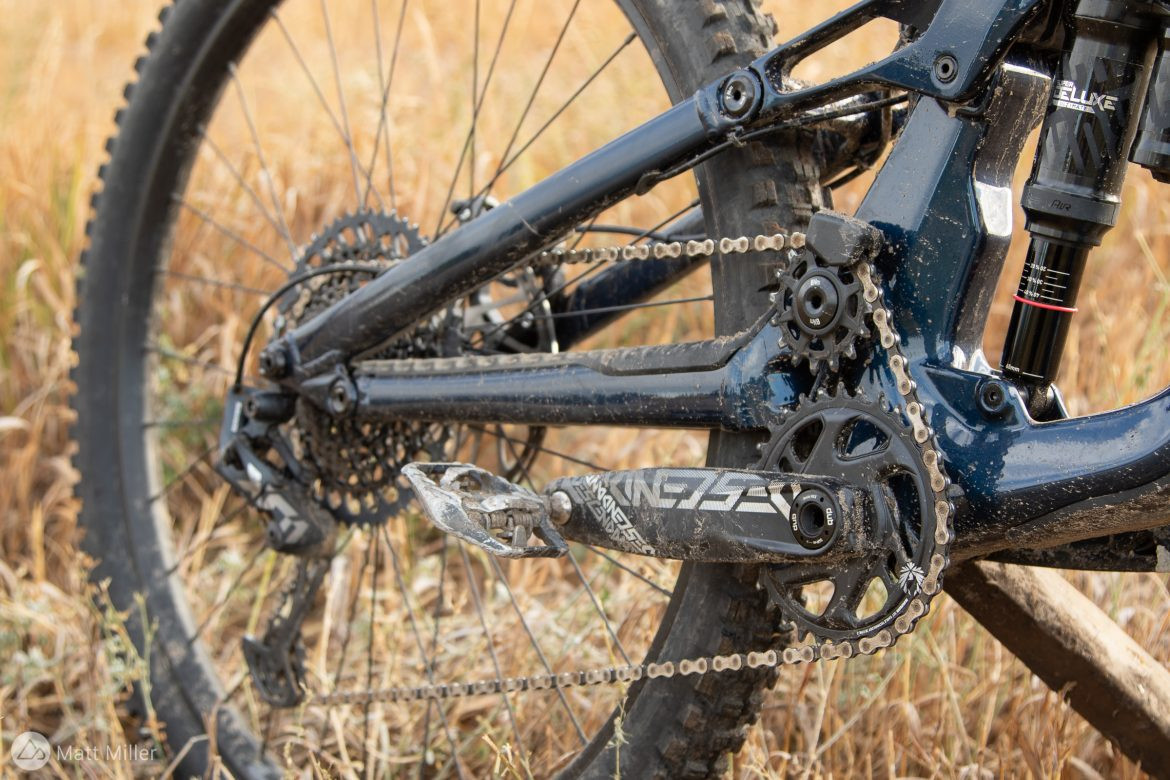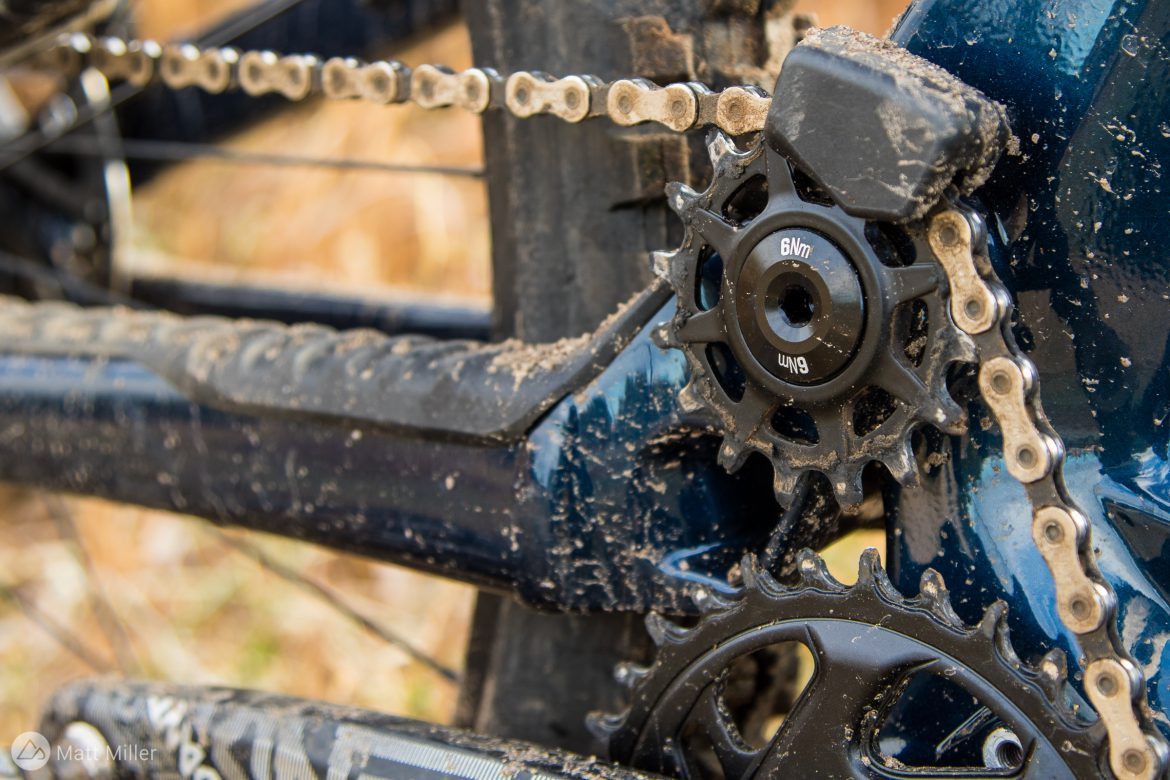The mountain bike industry is in constant evolution, with new innovations and technologies emerging regularly. For seasoned riders, this means exciting advancements. However, for those less immersed, it can sometimes feel like changes are driven by marketing rather than genuine improvement. Remember the neighbor’s friend who questioned the shift to 29-inch wheels and the rising prices of carbon fiber bikes? His skepticism, while cynical, touches upon a common sentiment: are these changes truly beneficial, or just a way to sell more bikes?
While the industry does aim to innovate and sell, many advancements in the last decade have genuinely transformed the riding experience. Dropper posts, tubeless tires, refined geometry, and sophisticated suspension systems have all contributed to making bikes significantly better. Instead of a complete reinvention, it’s more like a continuous refinement, pushing the boundaries of what’s possible on two wheels.
This constant evolution, however, can be overwhelming. Even for us at usabikers.net, keeping up with the endless stream of “steeper seat tube angles, slacker head tube angles, longer reach, lighter frames,” can feel repetitive. One of the most prominent trends recently has been the resurgence of high pivot suspension designs, often paired with an idler pulley system.
This year alone, several major brands have released trail and enduro bikes featuring high pivot suspension, including the Norco Range, Devinci Spartan, GT Force, Cannondale Jekyll, and Forbidden Dreadnought. The Deviate Highlander is another notable example in the mid-travel category. This isn’t just a niche trend; high pivot is becoming a mainstream feature on modern mountain bikes.
Historically, high pivot suspension was primarily found on downhill bikes. Its application to single-crown trail and enduro bikes is a more recent development. The key advantage, especially on longer travel bikes, is the mitigation of chain growth. Chain growth occurs as the suspension compresses, and in traditional designs, it can lead to pedal kickback – that jarring sensation felt through the pedals during impacts. An idler pulley, used in conjunction with a high pivot, effectively isolates the drivetrain from suspension movement, minimizing or eliminating pedal kickback.
The high pivot itself contributes to a smoother ride, allowing the rear wheel to move rearward and upward upon impact, effectively “getting out of the way” of obstacles. Combined with an idler, this system aims to deliver the best of both worlds: downhill-worthy suspension performance with improved pedaling efficiency, especially when paired with linkage designs like Horst link or Split Pivot, which allow for more refined anti-squat tuning.
According to John Barreira, GT Bikes product developer, “With a high pivot, we’re able to kind of really fine tune that suspension feel.” He further explains that traditional single pivot bikes with a high pivot point can sometimes lack mid-stroke support. However, integrating a high pivot with a Horst link or similar platform allows for tuning in more support and anti-squat, optimizing both descending and pedaling performance.
GT provided their new Force model for testing, and this experience offered a firsthand look into the benefits of high pivot suspension on a trail bike. Having previously ridden GT’s idler-equipped Fury downhill bike, the Force represented an opportunity to explore this technology in a trail/enduro context.
 GT Force high pivot suspension system for smoother ride and enhanced control
GT Force high pivot suspension system for smoother ride and enhanced control
The Case for High Pivot: Why It Might Be a Game Changer
My initial ride on the GT Force involved a demanding 2,000-foot climb. Concerns about potential drag from the idler pulley are often raised, but honestly, I couldn’t detect any noticeable increase. The Force pedaled uphill remarkably well, comparable to, if not better than, other long-travel bikes I’ve recently ridden. At a reasonable 34.5lbs, the bike felt efficient and balanced, with minimal pedal bob and excellent traction, mirroring the pedaling characteristics of a modern Horst link bike. Barreira’s point about the supportive suspension feel was immediately evident.
The real revelation came on the descent. The rear wheel felt incredibly smooth and composed over rough, brake-bumped trails. This particular trail features a series of fast, three-foot drops, followed by rutted corners and root sections – perfect for evaluating suspension performance. The Force’s high pivot Horst link system felt noticeably more composed and quieter over these features, minimizing chain slap and providing a smoother ride compared to bikes with more traditional suspension designs.
Bike park sessions further reinforced these impressions. The high pivot design on the Force inspired confidence on challenging trails at speed. The added support maintained agility and playfulness, while the suspension seemed to operate with a more refined and pure action.
Singletracks Tech Editor Gerow has echoed similar observations regarding high pivot bikes, noting, “Carrying speed on rough trails seems a legit advantage. There appears to be something to the rearward axle path.”
While the difference in rear-end performance was undeniable, I didn’t feel significantly faster on the Force compared to other 160mm travel 29ers. This could be attributed to various factors – geometry, equally planted linear suspension curves on other bikes, or perhaps pedal kickback simply isn’t a major impediment for my riding style.
It’s important to acknowledge that my experience is subjective. As a clipless pedal user, pedal kickback might be less noticeable than for flat pedal riders. For me, it’s often more of a minor annoyance than a performance-limiting issue. I consider myself an average rider who enjoys both bike parks and challenging trails, not a professional gravity athlete. These bikes are designed for a broad spectrum of riders, not just elite racers. Ultimately, high pivot suspension appears to be a positive advancement for certain bikes, although the magnitude of the improvement might not be revolutionary for every rider.
 Rider descending on a GT Force pivot mountain bike showcasing its capabilities on challenging terrain
Rider descending on a GT Force pivot mountain bike showcasing its capabilities on challenging terrain
Keeping it Simple: The Counterarguments for High Pivot
Despite the performance benefits, there are valid reasons why some riders might not immediately embrace high Pivot Mountain Bikes. It’s rare for any single “game-changing” feature to warrant an immediate bike upgrade. While I didn’t find high pivot suspension to be a drastic personal game-changer, Barreira’s point about enhanced control and stability in rough terrain is compelling. He suggests that for riders frequently encountering challenging obstacles like rock gardens and root beds, the added control of a high pivot system can be significantly beneficial.
However, aesthetics and complexity are potential drawbacks. On my first ride, hikers curiously pointed out the “gearing” on the Force, highlighting the visually distinct idler pulley.
Gerow also raises concerns about the added complexity and maintenance associated with high pivot systems. “I wouldn’t recommend it to folks who love to bound around and play a lot on the trail. It’s a race platform. It also adds complexity, so maybe not for riders who don’t want to maintain their bikes.”
Barreira acknowledges the maintenance aspect but points out that GT has addressed this by using a durable steel cog for the idler pulley on the Force, designed to last as long as a cassette and be replaced concurrently. While maintenance is relatively minimal, it does introduce additional components that require attention.
Currently, high pivot systems are predominantly featured on longer travel bikes. The technology is arguably more relevant for riders in this category, where chain growth is a more significant factor. Shorter travel trail bikes may not necessitate the complexities of a high pivot system. Aside from models like the Forbidden Druid and Deviate Highlander, mid-travel high pivot bikes remain relatively uncommon.
Opinions on mountain bike technology, including high pivot suspension, are diverse. Many riders are enthusiastic, particularly given the success of athletes using this platform. To circle back to the initial sentiment about bike tech:
“It’s the rider, not the bike.” The Santa Cruz video featuring Steve Peat illustrates this point perfectly. Peat outperforms his younger self by 20 seconds on a 15-year-old bike, demonstrating that rider skill and bike technology evolve in tandem. Technological advancements do contribute to improved performance, but the difference may be less dramatic in short timeframes. High pivot mountain bikes offer tangible benefits, particularly in demanding terrain, but ultimately, rider skill and preference remain paramount.


